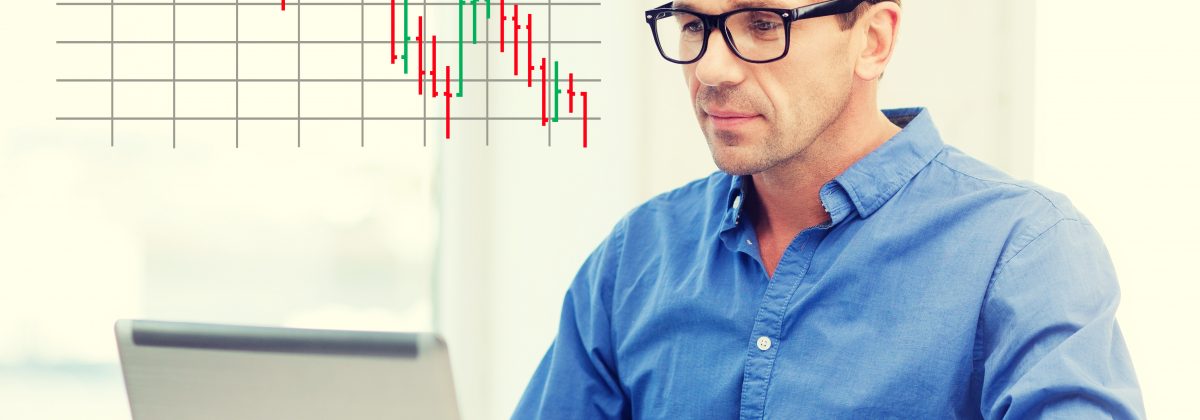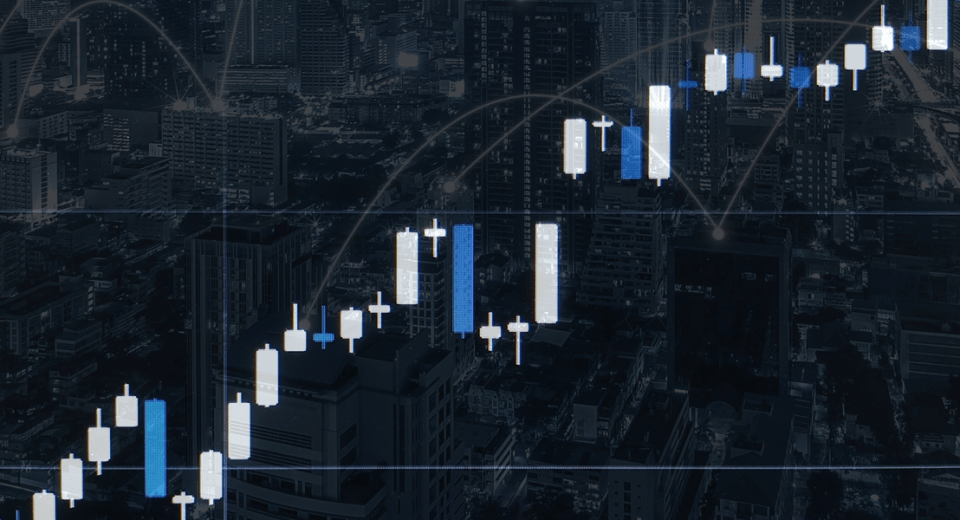How Does the Gann Fan Work?

Have you ever wondered whether geometrical angles could provide a key to how the forex market works and help you make trading decisions? Yes, this is actually possible. Gann Fan is a one of the more interesting trading tools as it consists of a group of lines and angles, designed by William Delbert Gann, who believed that markets move in accordance to the laws of Geometry.
The Gann Fan consists of a number of angles that are studied and analyzed to understand the different support and resistance levels of a financial instrument. It has been widely found that Gann Fan parameters work better when applied on longer time frames.
Understanding Gann Fans
Based on the belief that the forex market is cyclical, geometric and predictable, the Gann fan is centered on the ideal 45º angle. There are four angles above and four below this ideal angle, with all lines originating from the same price point and extending into the future at different angles. The resultant shape looks like a Chinese hand fan. These angles are usually drawn from a price bottom or price top, and generally used to identify a trend, following a trend reversal for a given currency pair.
Each Gann Fan comprises nine angles, with the first angle of 45º representing one unit of price for one unit of time. This angle, represented by a 1X1 line, is at a perfect 45º, which ascends one point every one day. Other important angles are the 2X1 or 26.5º, which moves two points per day, the 3X1 or 18.75º, moving three points a day, the 4X1 or 15 º, moving four points a day, and the 8X1 representing 7.1º or moving eight points a day.
In addition to these value increases, the Fan also consists of the corresponding angles for value decreases, which include the 1X2 representing 65.75º, 1X3 representing 71.25º, 1X4 representing 75º and 1X8 representing 82.5º.
Using Gann Fans
Gann Fans are mainly used to identify support and resistance levels and predict future price movements. For instance, in the case of an uptrend, if the price stays in the space above an ascending angle, without breaking below it, the trend is considered bullish. Similarly, if during a downtrend, the price remains below a descending angle without breaking above it, the market is considered bearish.
According to Gann, when an up-trending price reverses and breaks under an ascending angle, the price level is likely to go to the next nearest angle below it. Similarly, if a down-trending price reverses and breaks up through a descending angle, the price level is likely to go up to the nearest angle above it.
Now, a continuation or consolidation pattern occurs when two Gann fans form effective support and resistance points. A bullish market is indicated when prices are range bound between two angles that are higher than the perfect angle or 45º, and bearish markets are bound between angles lower than 45º.
How to Open Trades by Using Gann Fans
Opening trades with the help of Gann Fans is done by trading breakouts or by anticipating bounces from the diagonal lines. Such actions must, however, be accompanied by stop loss orders to protect account balance.
In the first case, when a breakout through one of the nine lines is spotted, the trader would open a trade in the direction of the breakout. But they would not open a trade immediately or with the first candle that closes beyond a Gann line. Instead, they would wait for a second confirmation candle that breaks beyond the initial breakout candle. A stop loss, according to the theory, should be placed below or above a previous bottom or top on the chart.
Another instance when one can open a trade is when the price of a currency pair bounces from a Gann line and is confirmed by an additional candle. Again, a stop loss should be placed below or above the bottom/top of the most recent swing created at the time of the bounce.
These geometrical angles can be used to make some wise trading decisions but over a longer time frame. The angles in a Gann Fan act as support or resistance levels, and thus guide traders in their actions.
Disclaimer
If you liked this educational article, please consult our Risk Disclosure Notice before starting to trade. Trading leveraged products involves a high level of risk. You may lose more than your invested capital.




